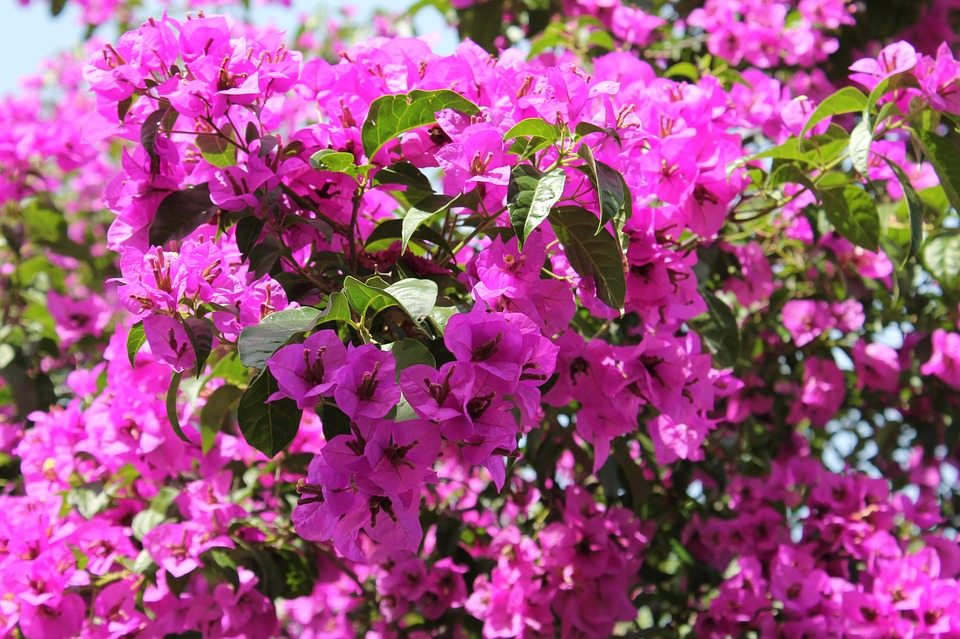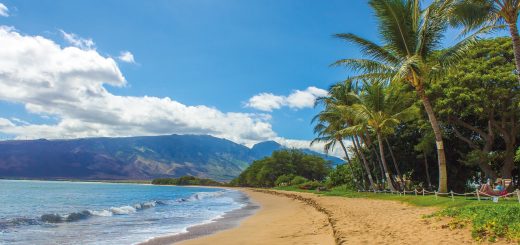An Overview of Hawaii’s Wildlife
With the extensive travel guides and informative articles on how to get around the state of Hawaii, it’s important to have a basic understanding of the wildlife in the Aloha State not only for your safety, but for the respect of the land’s native plants and animals.
Being an island isolated by roughly 2,500 miles of water, Hawaii’s ecosystem is unlike any other in the world. Many of the animals that call this state home are endangered or nearing extinction, thus stressing the importance of conservation. Aside from the obvious marine life that surrounds the island, there are thousands of species of both plants and animals on Hawaii’s shores and in its mountains.
Lychee
This fruit grows within the thick brush of the lychee tree, which are often seen in front and backyards of Hawaiian citizens. The trees themselves can reach heights of 40 to 50 feet, and the fruit that hangs from their branches typically appear between the months of May and August. Their taste is a perfect combination of sweet and tart, and makes for a great cocktail during the summer months.
Nēnē
A close relative to the Canadian Goose, the Nēnē (sometimes referred to as the Hawaiian Goose) is the state bird of Hawaii, claiming the title after overcoming feared extinction in the 1950’s. Today, the species is thriving, and these geese are seen very frequently throughout the islands of Hawaii. Take note that it is illegal to feed, touch, or disturb the Nēnē in any way, as they are protected by the state.
Pukanawila

This stunning native-Hawaiian plant is also called the Bougainvillea, which consists of thorns, vines, and flowers all displaying truly vibrant, beautiful colors. It can grow up to 22 feet in length, and often must be trimmed to avoid having it completely overtake a wall, fence, or other surrounding plants. Regardless of the length it spans, the color produced by the Pukanawila is truly breathtaking, and can add a splash of intensity to any home or garden.
Monk Seal
As mentioned, many animals within the state of Hawaii are at risk of extinction, and the Hawaiian monk seal is no exception. It is only one of two remaining monk seal species, and must be protected in it’s natural habitat of Hawaiian waters.
Natives refer to these short-haired animals as “Ilio-holo-i-ka-uaua,” which translates to “dog that runs in rough water.” They feed primarily on local species of fish and crustacean, of which are flush throughout the Pacific waters. However, because of the scarcity of these seals, preservation is crucial, so avid boaters and fishermen must be conscious of their decisions while out in the ocean.
Humpback Whale
Perhaps the most popular mammal in the wildlife of Hawaii, humpback whales often give tourists incredible photo opportunities with their frequent breaching in the waters of Waikiki. Yet another endangered species, these whales are not native to just Hawaii. They can be found all around the world typically in colder waters, though larger numbers tend to populate the mid-Pacific closer to Hawaii. Commercial whaling drastically depleted the humpback whale population, but today, their numbers are regularly monitored in order to prevent total extinction.


